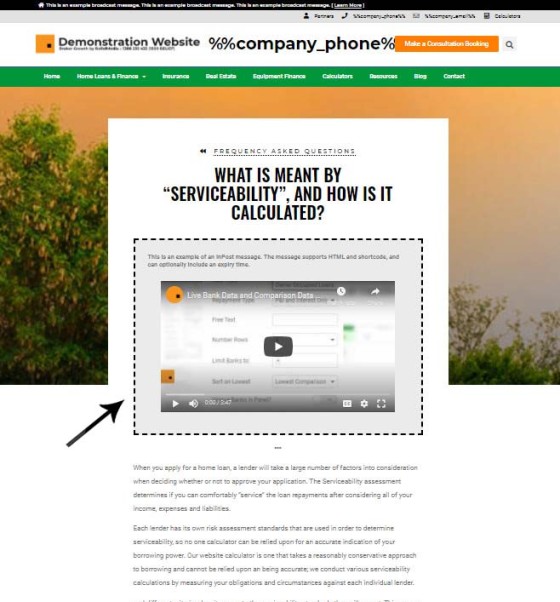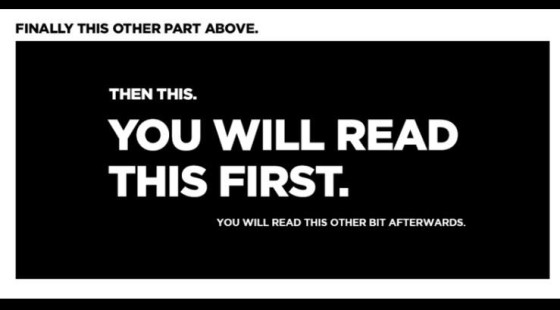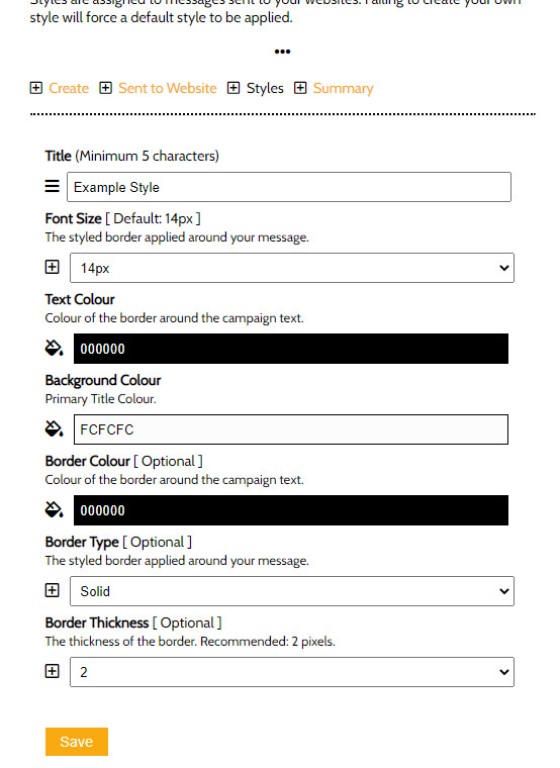There may be occasions where you're required to broadcast an important message, or showcase an important marketing asset to all website visitors, regardless of their resolved interest type. To facilitate the need to quickly and easily return high-value material to most pages of your website we built a module that would inject a styled message and optional video into posts on your website; this article introduces the system in brief.
The 'InPost' feature adds a defined block of content to different post types - such as those in your blog or FAQ section - so each InPost block may be the same for every section, or altered to be more relevant.
The Result
The result of what we're introducing on this page is shown below.
Pictured: The InPost container. The container contains two primary elements: the text, and an optional video. You may include HTML and/or shortcode. All attributes of the container are fully customisable.
The InPost Message is a Funnel Course Correction
Like any popup or interference-based content, anything you place inline with your post content will potentially detract from the standard flow expected of your reader, so any interference must provide a clearly defined purpose, and it should be designed with a clear call-to-action designed to improve upon the funnel experience. For this reason, any links you include in the InPost content should be created with our link shortcode (with an assigned interest type)) and should be cleverly crafted to ensure the distraction is justified by the way of the experience.
Pictured: A website is obviously designed with an 'escalation of attention' in mind. A page is usually designed in such a way that a user will ingest important information first, secondary information next, and then other information on the periphery. Any interference-based content in your post content will steal attention away from the standard and more intuitive design flow, particularly if flashy styling is applied.
Your InPost content will likely be read even before you post title so you're essentially drawing attention away from the primary page content. If you use InPost content, the information you share should be designed to improve upon the user experience and it must add real value to the alternate funnel pathway since the path you create is one that will likely attract large amounts of traffic.
Creating InPost Messages
A message is first created with a basic title and description (the title is for your reference in menus). The description may contain HTML and shortcodes.
Pictured: Styles are created independently and then assigned as required to InPost messages when sent to your website.
Styles are edited by clicking on the appropriate 'Edit' link in the 'Summary' tab. When a change is made you should send your profiles back to your website, with each InPost container that references the applied style taking on the new changes immediately.
Pictured: Sending InPost profiles to your website (snipped for readability). You simply select the message, style, video, and optional expiry time for each specific post type, and then send to your website.
The content you share to your website is all potentially scrutinised from a compliance perspective, so all records are maintained in full from the 'Summary' tab. The same panel provides a facility to update or edit any of the InPost data.
Conclusion
The InPost message is assigned on a page-type category and its purpose is clear: create pathways and conversions. They're generally limited to time-limited content that you might want broadcast in a prominent manner.
A Platinum feature we'll soon migrate into Yabber's FAQ module will permit you to add custom content to each and ever FAQ post. The expectation is that every FAQ page will eventually include a video (which is the primary purpose of the new FAQ Block), and the forthcoming FAQ Block module within Yabber will make this easy.












